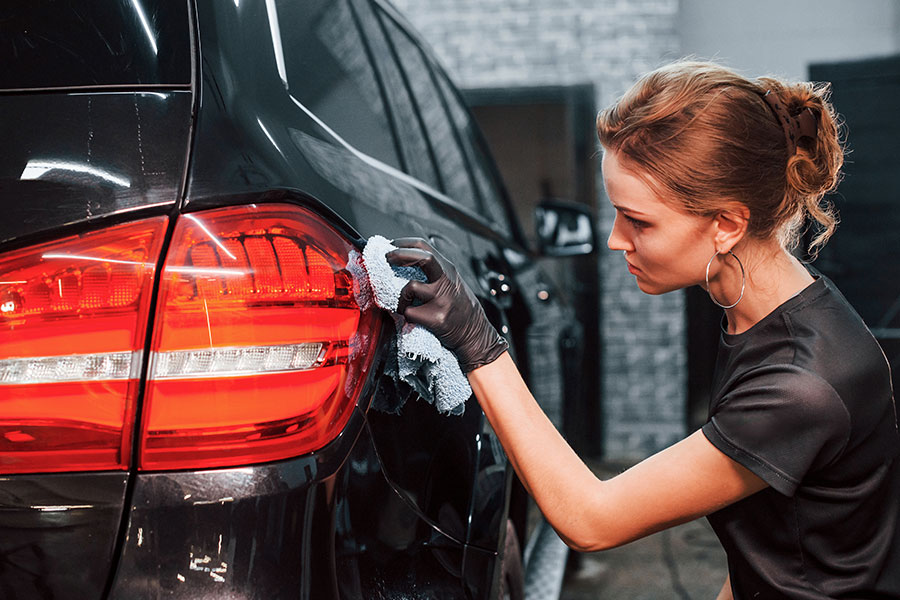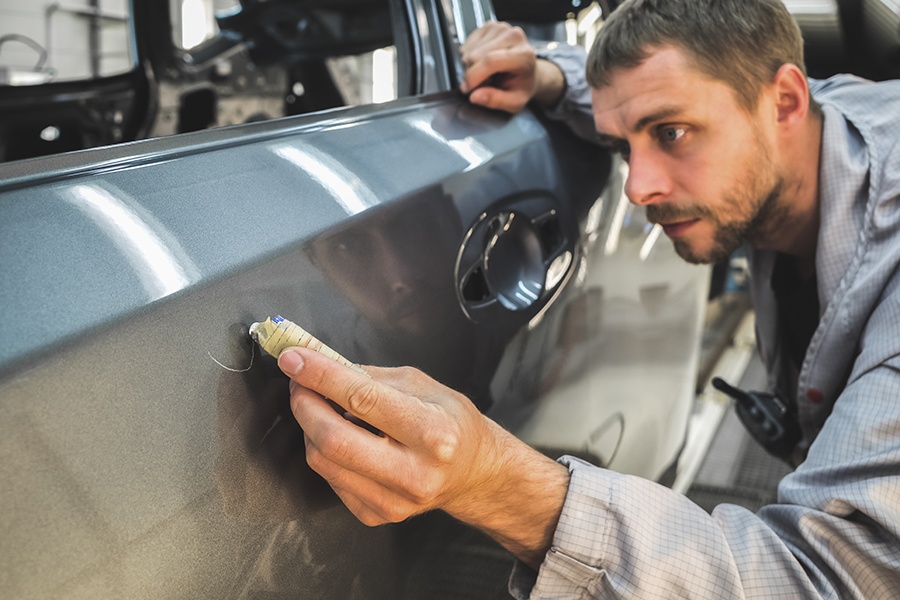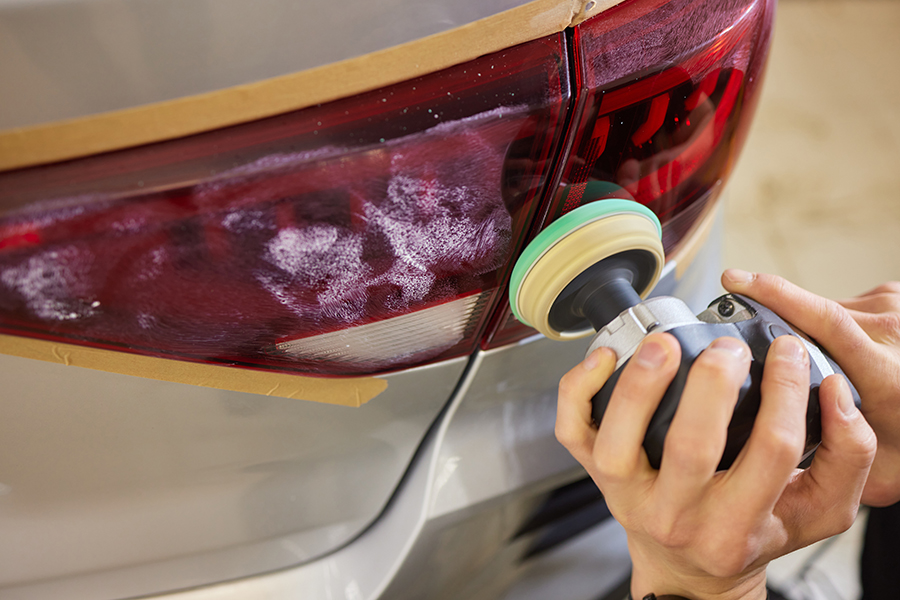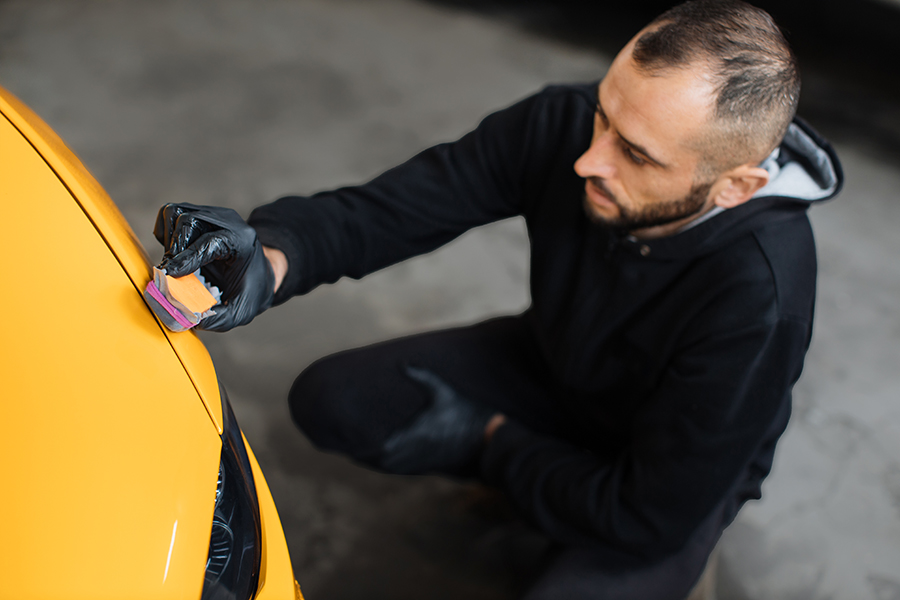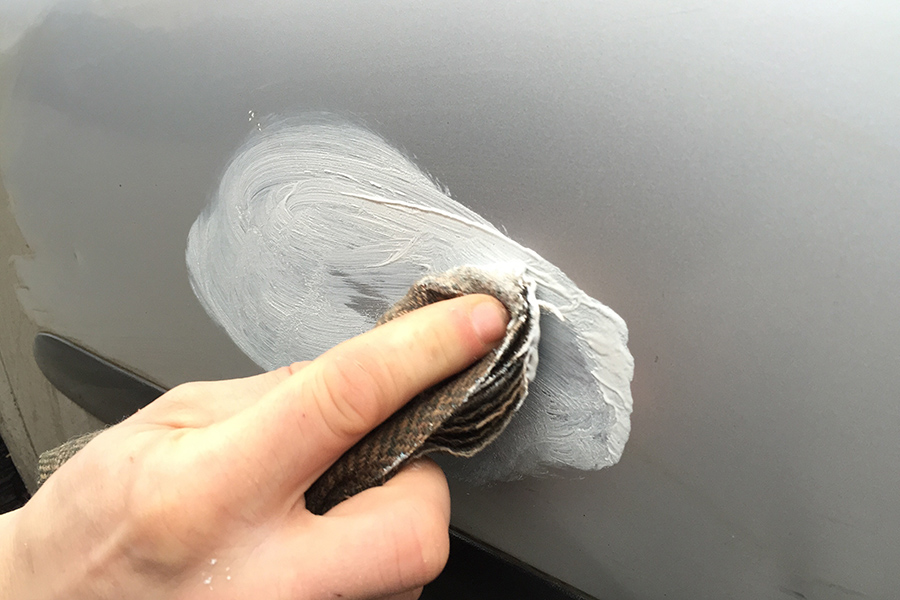When hail hits, it doesn't just leave your car with a few dents; it marks the beginning of a headache most car owners dread. Yet, not all is lost. The journey from damaged to restored shouldn't be a trek through the wilderness. With hail damage dent removal, what seems like a car's worst day can turn into a mere pit stop on its journey. This post dives into how you can navigate the aftermath of a hailstorm, ensuring your ride gets back to its pristine condition without falling into common pitfalls.
Key Takeaways
-
Look for dents and chips on your car's surface to spot hail damage early. This can save you time and money.
-
Taking action quickly after finding hail damage is crucial. It prevents the damage from getting worse.
-
Try DIY dent removal methods like using a plunger or hot water for minor dents, but know your limits to avoid further damage.
-
For severe damage, it's best to go with professional repair options. They have the tools and skills to fix your car properly.
-
If you have car insurance, check your policy. You might be covered for hail damage, which can reduce your out-of-pocket costs.
-
Protect your car from future hail damage by using car covers or parking in a garage. Also, consider eco-friendly repair options to help the environment.
Identifying Hail Damage
Severity Assessment
To understand how bad hail damage is, we look at the size and depth of dents. Big, deep dents mean more serious damage. Sometimes, cars only need a few fixes. Other times, they need a lot of work.
We also think about how old the car is and how much it's worth. This helps decide if fixing it makes sense.
Paint Impact
Next, we check the paint around dents. If paint is cracked or peeling, it's a bigger problem. This could mean the car needs new paint, not just dent removal.
Paintless Dent Removal (PDR) might not work if the paint is badly damaged. Also, broken paint can lead to rust. This is something we always want to avoid.
Dent Locations
Where dents are on the car matters a lot. Dents on flat parts are easier to fix than those on curves or edges.
Some dents might be hard to reach with tools. We need to know this before starting repairs.
We fix the most noticeable dents first. These are usually on the hood or doors. Making the car look good again is our priority.
Early Detection Importance
Effective Removal
Once you've identified hail damage, choosing the right removal method is crucial. Paintless Dent Removal (PDR) works well for small to medium dents, especially when there's no paint damage. For larger or more complex dents, glue pulling might be a better option.
It's essential to work on a clean, dry surface. This ensures the tools used for dent removal adhere properly and do not introduce more damage. Proper lighting is also critical. It helps in accurately assessing the extent of the dents and ensures that all issues are addressed during the repair process.
Preventing Further Damage
After spotting hail damage, protecting your car from further harm is key. If windows are broken, cover them immediately. This step prevents water from entering your car and causing interior damage.
Avoid trying to fix dents yourself with DIY methods found online. These can often lead to worse problems, like damaging the paint or making the dents deeper. Instead, schedule repairs with professionals as soon as possible. Quick action prevents rust and further deterioration of your vehicle's body.
DIY Dent Removal Methods
Glue Pulling
Glue pulling is a handy technique for dents in tricky spots. First, you need to pick the right glue and pulling tabs. The size of the dent dictates your choice. After applying the glue, patience is key. Let it set properly to ensure strong pull strength. This method works wonders where traditional tools fail.
Heat Shrinking
For dents that have stretched the metal, heat shrinking comes to the rescue. It’s all about applying heat carefully. You want to avoid too much heat as it can harm the paint. A controlled approach helps bring back the original shape of the metal. Pairing this with tapping methods fine-tunes the repair, making it nearly invisible.
Tapping Techniques
After using Paintless Dent Removal (PDR), tapping techniques are great for final touches. They involve gently tapping down any high spots left behind. Precision tools are a must for this job. They help even out the surface, ensuring a flawless finish.
Professional Repair Options
PDR Techniques
Pushing from Back
Professionals access the dent's backside using specialized PDR (Paintless Dent Removal) tools. They select a tool tip that matches the dent's size and shape. Then, they apply steady pressure to push the dent out. This method avoids overstressing the metal, preserving your car's integrity.
Blending Repairs
Technicians must perfectly match the paint to your car's original color. They blend the repaired area with the surrounding paint, making it invisible. A clear coat is applied last for protection and shine restoration.
Choosing Right Technician
It's crucial to pick a technician with the right credentials. Make sure they have certifications and specialized training in dent removal. Experience in hail damage repairs is a plus. Always read reviews and ask for before-and-after photos of their work.
Insurance Claims Guide
Handling Claims
After discovering hail damage, take many photos from different angles. These pictures show the extent of damage clearly. Write down details about each dent or scratch. This helps when filing a claim.
Next, call your insurance company quickly. They will guide you through the claims process. It's important to know what your policy covers for hail damage. Some policies cover repair options fully, while others may not. Make sure you understand this part well.
Rental Vehicle Tips
While your car is at the shop getting fixed from hail damage, you might need another car. First, check if your insurance pays for rental car expenses. This information is usually in your policy documents.
When choosing a rental car, pick one that matches your own car's size and function. This makes it easier to adjust to the temporary vehicle. Also, remember to return the rental on time. If not, you might have to pay extra fees.
Preventive Measures
Protective Gear
To avoid further damage during hail dent removal, use covers or padded blankets. These can protect areas that are still in good shape. It's also smart to wear safety glasses and gloves. This is especially true if you're checking the car yourself or fixing small dents. When using any chemicals or paint, make sure your workspace has plenty of fresh air.
Insurance Tips
After learning about the insurance claims guide, it's crucial to review your policy every year. This ensures you have enough coverage for hail damage. If you live where severe weather is common, think about getting comprehensive coverage. It's a good idea to keep a detailed record of all repairs and maintenance. This information can be very helpful when you need to file an insurance claim.
Eco-Friendly Solutions
Repair Costs Overview
The cost of removing dents caused by hail varies greatly. It depends on how many dents there are, their sizes, and the methods needed to fix them. For a few small dents, you might pay as little as $30 per dent. But for larger or more complex damage, costs can soar into the hundreds.
Sometimes, additional work like paint touch-ups might be necessary. This can add to the bill. A breakdown of expenses shows labor usually takes up a big chunk of the cost. Materials come next. Knowing this helps you understand where your money goes.
Selecting Eco-Friendly Repairs
After taking preventive steps against hail damage, choosing eco-friendly repair options is smart. Paintless Dent Removal (PDR) stands out here. It fixes dents without needing new paint or fillers. This method cuts down on harmful emissions and waste.
When paint is unavoidable, opt for shops that use water-based paints. These are kinder to our planet than traditional paints. Also, ask if the shop recycles parts and materials after repairs. This reduces waste and helps keep our environment cleaner.
Summary
Hail damage can be a real bummer, hitting your wallet as hard as it hits your car. But, armed with the knowledge from identifying to fixing dents, and even navigating insurance claims, you're now better prepared than ever. Whether you choose to tackle those dents yourself or call in the pros, remember that early action can save you a ton of hassle. Plus, taking steps to prevent future damage and opting for eco-friendly repair options not only keeps your ride looking sharp but also helps the planet.
What's next? Don't let those pesky hail dents rain on your parade. Take action! Whether it's grabbing a DIY kit to smooth out minor dings or consulting with a professional for those bigger bashes, the road to recovery is clear. Your car doesn’t have to bear the scars of hail forever. Let’s get those dents out and keep your ride looking its best.
Frequently Asked Questions
How can I tell if my car has hail damage?
Look for dings and dents on the roof, hood, and trunk. Hail damage usually presents as dimpled surfaces that feel uneven to the touch. It's like finding unexpected craters on what should be a smooth moon surface.
Is it important to fix hail damage quickly?
Yes, absolutely! Early repair prevents rust and further deterioration. Think of it as stopping a small leak before it becomes a flood.
Can I remove hail dents myself?
You can try some DIY methods like using a plunger or dry ice, but it's a bit like performing surgery on yourself. If you're not careful, you might end up causing more harm than good.
Should I go to a professional for hail damage repair?
Definitely. Professionals have the right tools and expertise. It's like having a gourmet chef prepare your meal instead of cooking something yourself when you barely know how to boil water.
How do I handle insurance claims for hail damage?
Start by documenting the damage with photos, then contact your insurer promptly. It's similar to reporting a stolen item; the sooner, the better for processing your claim smoothly.
What are some preventive measures against hail damage?
Parking undercover or using a car cover can shield your vehicle from hail. Think of it as wearing armor in battle—it offers protection.
Are there eco-friendly options for dent removal?
Yes, paintless dent removal (PDR) is an eco-friendly choice since it doesn't require painting or filler materials. Imagine giving your car a facelift without the need for any makeup.
